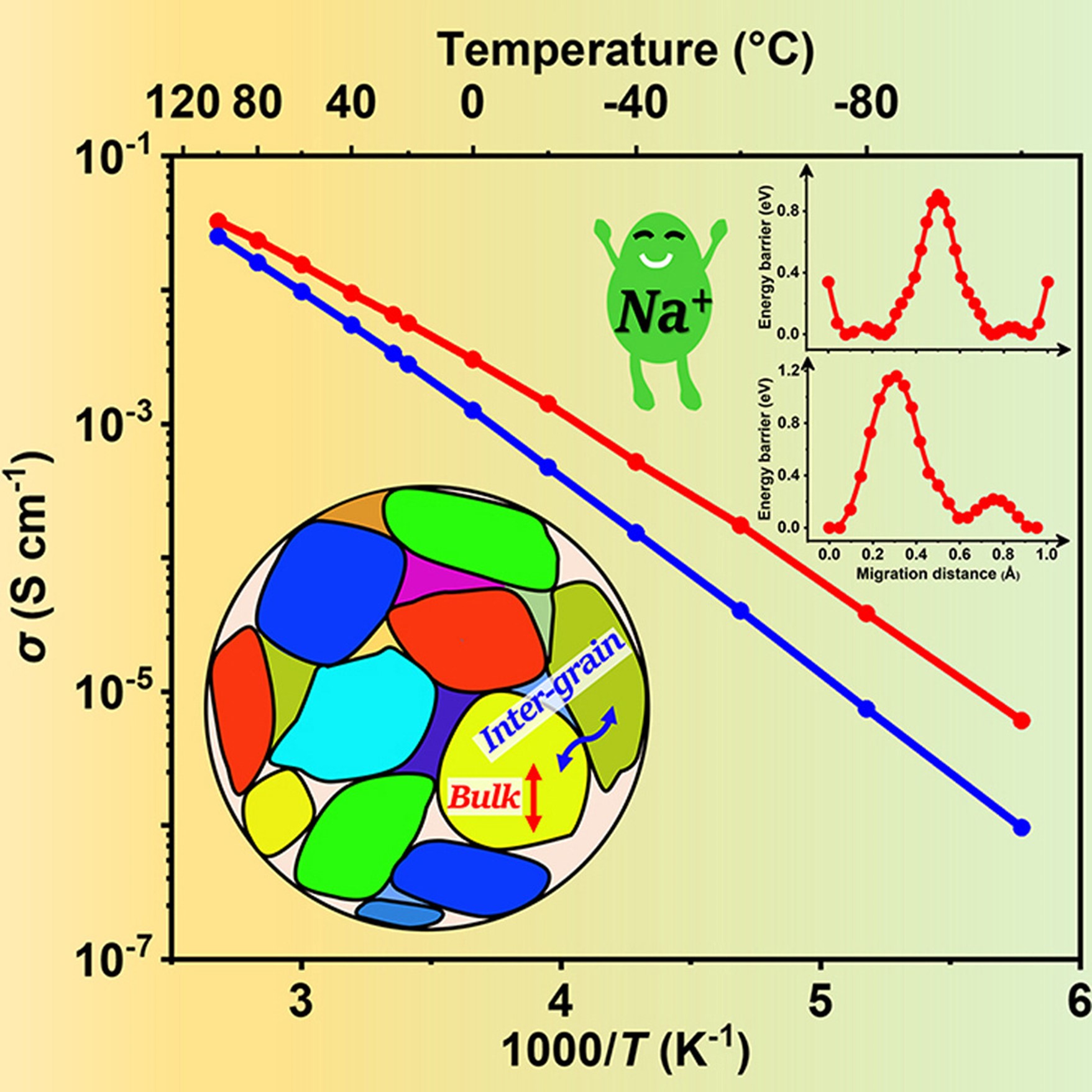Both types of symptoms are strongly related to the overall amount of cartilage damage in the knee joint – but not to the presence of meniscal tears, according to the new research by Elizabeth G. Matzkin, MD, and colleagues of Harvard Medical School. They write, “Our study adds strong evidence to refute the current dogma that meniscal pathology is the primary driver of traditionally defined ‘meniscal’ and ‘mechanical’ knee symptoms.”
New evidence ‘questions diagnostic utility’ of knee symptoms
Sometimes called the “shock absorbers” of the knee, the menisci are a pair of horseshoe-shaped pieces of cartilage that help to cushion the knee joint. Among orthopaedic surgeons, conventional wisdom is that “mechanical” symptoms like knee locking or catching are caused by meniscal tears, which can be treated with an arthroscopic surgical procedure. However, a growing body of evidence suggests that other types of injuries can also cause these types of knee symptoms.
Other recent studies have suggested that “meniscal” symptoms like knee grinding, popping, or clicking are better indicators of meniscal tears. Dr. Matzkin and colleagues questioned whether either of these two types of symptoms are truly indicators of meniscus tear within the knee joint – and whether they are of value in surgical decision-making.
The researchers analyzed the relationship between these knee symptoms and the findings of knee arthroscopy in 565 patients. All patients underwent knee arthroscopy performed by Dr. Matzkin between 2012 and 2019. The goal was to determine whether “mechanical” or “meniscal” symptoms were related to the presence of meniscal tears, cartilage damage, or other types of joint disease identified via arthroscopy.
The most frequently reported symptoms included worse pain with knee pivoting/twisting (85 percent), knee grinding (74 percent), and knee catching (63 percent). Arthroscopy revealed unstable meniscal tears in 12 percent of patients, stable tears in 66 percent, and no tear in 21 percent.
Meniscal tear patterns and meniscal damage were found to be unrelated to individual symptoms of knee grinding or pain with pivoting.
In contrast, the overall severity of cartilage damage was significantly associated with knee symptoms – especially catching and grinding. Knee catching was present in 49 percent of patients with no cartilage damage versus 78 percent of those with damage in all three compartments of the knee.
Because meniscal tears and cartilage damage often occur together, the study suggests that structural cartilage damage is the “primary driver“ of knee symptoms. “Our data align with the observation that cartilage damage and meniscal tears are both manifestations of overall degenerative knee disease,” Dr. Matzkin and coauthors write.
The findings “further question the diagnostic utility” of mechanical and meniscal symptoms and their use “as the indications for knee arthroscopy,” the researchers add. Dr. Matzkin and colleagues believe that future studies should avoid these misleading terms, and instead use specific descriptors of knee symptoms. The researchers plan further studies to assess how specific types of symptoms are related to outcomes after arthroscopic surgery.
DOI: 10.2106/JBJS.20.01193
###
About The Journal of Bone & Joint Surgery
The Journal of Bone & Joint Surgery (JBJS) has been the most valued source of information for orthopaedic surgeons and researchers for over 125 years and is the gold standard in peer-reviewed scientific information in the field. A core journal and essential reading for general as well as specialist orthopaedic surgeons worldwide, The Journal publishes evidence-based research to enhance the quality of care for orthopaedic patients. Standards of excellence and high quality are maintained in everything we do, from the science of the content published to the customer service we provide. JBJS is an independent, non-profit journal.
About Wolters Kluwer
Wolters Kluwer (WKL) is a global leader in professional information, software solutions, and services for the clinicians, nurses, accountants, lawyers, and tax, finance, audit, risk, compliance, and regulatory sectors. We help our customers make critical decisions every day by providing expert solutions that combine deep domain knowledge with advanced technology and services.
Wolters Kluwer reported 2019 annual revenues of €4.6 billion. The group serves customers in over 180 countries, maintains operations in over 40 countries, and employs approximately 19,000 people worldwide. The company is headquartered in Alphen aan den Rijn, the Netherlands.
Wolters Kluwer provides trusted clinical technology and evidence-based solutions that engage clinicians, patients, researchers and students with advanced clinical decision support, learning and research and clinical intelligence. For more information about our solutions, visit https://www.wolterskluwer.com/en/health and follow us on LinkedIn and Twitter @WKHealth.
For more information, visit www.wolterskluwer.com, follow us on Twitter, Facebook, LinkedIn, and YouTube.



